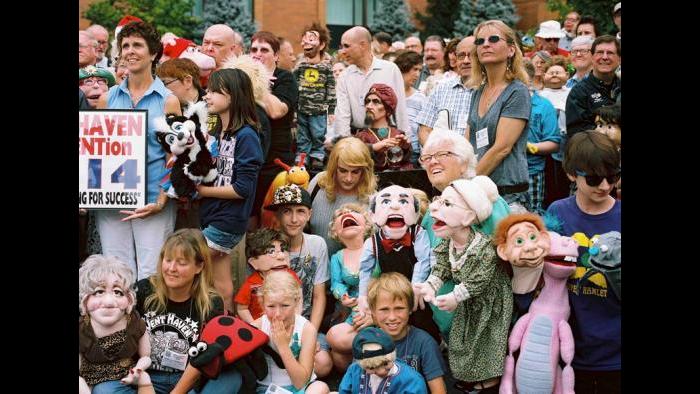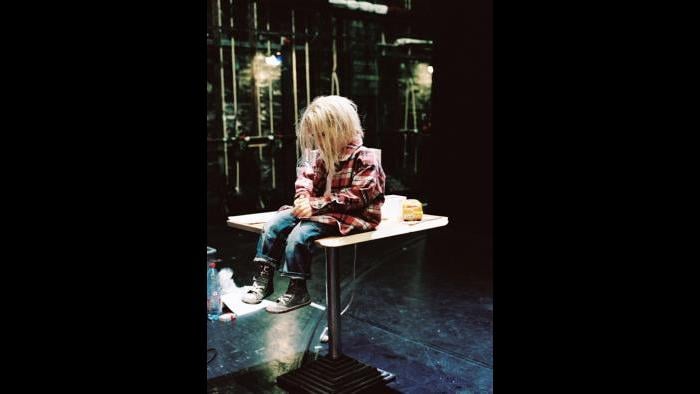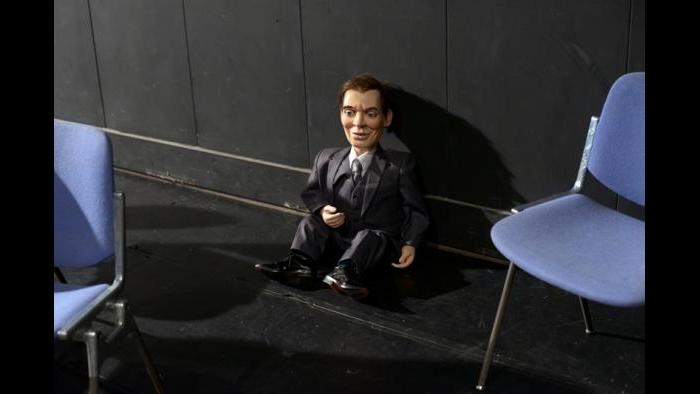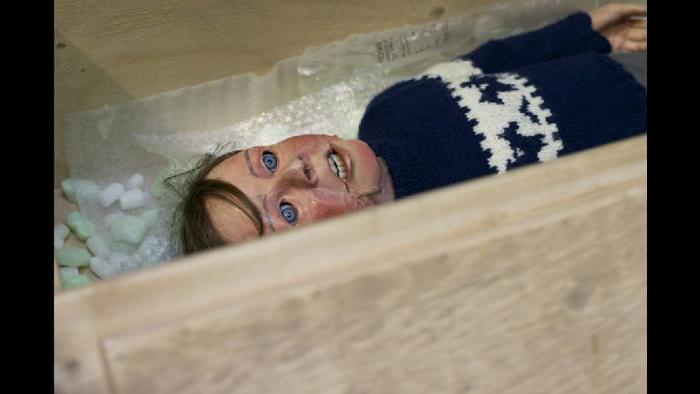[ad_1]
Ventriloquism is kind of a bewildering experience. The puppets are involved, of course, but there’s also that extra weird effect where the human handling the puppet is hiding the fact that they’re talking. Just a small case of denial as Anna Freud would say.
Visual artist Gisele Vienna also captured this strangeness. The half-French, half-German artist and choreographer first used ventriloquism in his 2007 play “Jerk”, based on a novel about American serial killer Dean Corll.
This experience, combined with a meeting with a group of German puppeteers The Hall of the Puppet Theater, led Vienna to develop a new play – this one around the Vent Haven Ventriloquist Convention in Kentucky, which claims to be the oldest and largest in the world.
The piece born of all this – “The ventriloquist convention– premiered in Germany this summer, with a puppet design and choreography from Vienna and a screenplay by longtime collaborator, American author Dennis Cooper.
![]()
“Puppets inspire all kinds of feelings, from scary and funny to ridiculous and attractive.”
–Gisèle Vienne
Vienna describes the work as a dark and melancholy exploration of the ways in which human beings hide, whether behind puppets or their own stunted emotions.
“The best way to describe it is to go behind the scenes in the private life of an actress or a clown,†Vienna said. “You have people talking to each other in different strata. Here, because of the convention excuse, people can say things to each other with their puppets that they wouldn’t normally say.
Which leads both models and people to their own untapped feelings.
“It gets them to unveil some very personal concerns and I think they are talking about deep issues that we all have about affection and loneliness, death and love,†she said.
This is not the first time that Vienna has produced a work around “mannequinsâ€. His 2001 play “Showroom mannequinsUsed real women, often in grotesque masks, who then posed as models.
Watch a clip from “Showroom Dummies” below.
It is the human fascination with artificial bodies, said Vienna, that makes both plays so effective.
“Puppets inspire all kinds of feelings, from scary and funny to ridiculous and attractive,†she said. “You have such a strong relationship with these puppets on stage – you attach feelings and awareness to them even though you know they’re objects. It’s very fascinating to see how magical they always are.
“The ventriloquist conventionâ€Runs Thursday through Saturday at the Museum of Contemporary Art, 220 E. Chicago Ave.
[ad_2]





